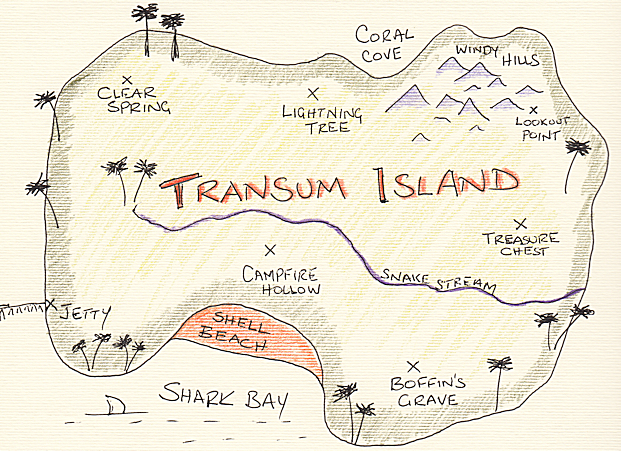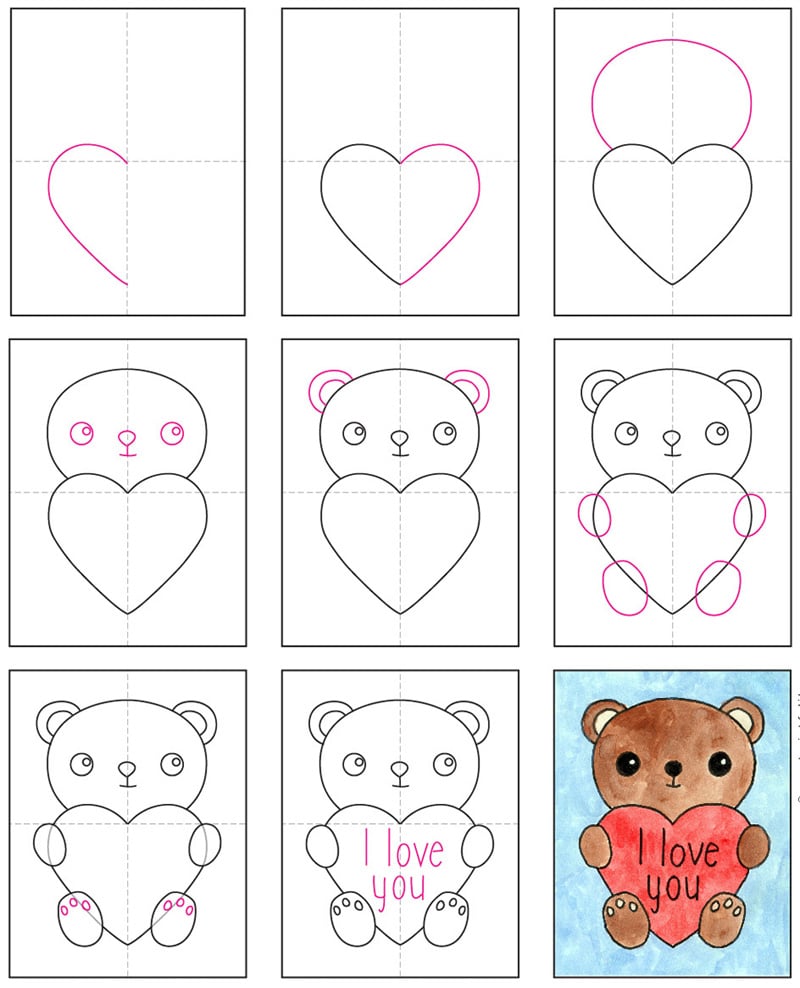Map island scale drawing drawings transum answers decimal kilometers give exercise place getdrawings room4 software
Table of Contents
Table of Contents
If you’re planning a hiking trip, designing a neighborhood map, or creating a floor plan, drawing a map to scale is an essential skill to have. However, many people struggle with this task and end up with inaccurate or impractical maps. In this article, we will explore how to draw a map to scale and provide you with valuable tips and tricks to make your map drawing experience smoother and more successful.
Pain Points of Map Drawing
Many people get intimidated by the idea of drawing a map to scale. Some of the common pain points include not knowing the correct scale, not understanding how to measure distances accurately, and underestimating the time and effort required to complete the task.
Answering the Target
The first step in drawing a map to scale is to determine the size of the area you want to represent and the level of detail required. Once you have a clear idea of what you’re trying to achieve, you can choose an appropriate scale. For example, if you’re drawing a map of a hiking trail, you may want to use a smaller scale than if you’re drawing a city map.
To measure distances accurately, you can use a ruler or a measuring wheel. A measuring wheel is a useful tool for measuring distances over large areas, while a ruler is more appropriate for smaller maps.
One important thing to remember is to ensure that the scale of your map matches the drawing paper or computer screen. Using a different scale can result in a distorted and inaccurate map.
Summary of Main Points
To summarize, drawing a map to scale requires a clear understanding of the area you want to represent and the level of detail required. You should choose an appropriate scale and ensure that the scale matches the drawing paper or computer screen. Accurate measurements can be obtained using a ruler or a measuring wheel.
Choosing a Scale
Choosing the appropriate scale is one of the most crucial aspects of drawing a map to scale. A map scale is a ratio that represents the relationship between the actual distance on the ground and the corresponding distance on the map. For example, a map with a scale of 1:50,000 means that one unit of measurement on the map represents 50,000 units on the ground.
When choosing a scale, consider the size of the area you want to represent and the level of detail required. If you’re drawing a large area, you may want to use a smaller scale to fit everything on the paper or screen. Conversely, if you want to show a lot of detail, you may need to use a larger scale.
A useful tip for choosing a scale is to use a scale ruler. A scale ruler is a specialized ruler that allows you to measure distances on a map directly. It eliminates the need for converting ratios, making the process easier and more accurate.
Measuring Distances
Measuring distances accurately is essential when drawing a map to scale. There are various tools you can use to obtain accurate measurements, including a ruler, a measuring wheel, or a GPS device.
A ruler is one of the most commonly used tools for measuring distances on a map. However, it’s essential to use the correct units of measurement and convert them correctly. For example, if you’re using a ruler marked in inches, you’ll need to convert the measurements to feet or miles to obtain accurate results.
Alternatively, a measuring wheel is a useful tool for measuring distances over large areas. It’s ideal for measuring roads, trails, or other linear features.
Importance of Scale Accuracy
It’s crucial to ensure that the scale of your map is accurate. Using an incorrect scale can result in a distorted and inaccurate map, which can be misleading and impractical. One way to check the accuracy of your map scale is to measure a known distance and compare it to the corresponding distance on the map. If the measurements don’t match, you may need to adjust the scale or redraw the map.
Using Map Symbols
Map symbols are essential when drawing a map to scale. They provide a quick and easy way to represent features such as rivers, buildings, and roads. There are various types of map symbols, including point symbols, line symbols, and area symbols.
When using map symbols, it’s essential to ensure that they are consistent and accurate. Using inconsistent or incorrect symbols can result in confusion and misinterpretation. Using a legend or key can help clarify the meanings of the symbols used on your map.
Using Advanced Tools
There are many advanced tools available for drawing maps to scale, including specialized software and GPS devices. These tools can make the process easier and more efficient but may require a learning curve to use effectively.
Using software such as Adobe Illustrator or Inkscape can provide you with advanced tools for drawing and editing your map. GPS devices can provide you with accurate location data and allow you to upload and download maps directly.
Tips for Drawing a Map to Scale
Here are some additional tips for drawing a map to scale:
- Use a scale ruler to eliminate the need for converting ratios.
- Measure distances accurately using a ruler, measuring wheel, or GPS device.
- Ensure the scale of your map is accurate to avoid distortions.
- Use a consistent and accurate map symbol system.
- Consider using advanced tools such as specialized software and GPS devices.
Question and Answer
Q: How do I know which scale to use?
A: Consider the size of the area you want to represent and the level of detail required. If you’re drawing a large area, you may want to use a smaller scale to fit everything on the paper or screen. Conversely, if you want to show a lot of detail, you may need to use a larger scale.
Q: How do I measure distances on a map?
A: You can measure distances on a map using a ruler, a measuring wheel or a GPS device.
Q: Why is it important to use accurate map symbols?
A: Using consistent and accurate map symbols can prevent confusion and misinterpretation.
Q: Can I use advanced tools to draw a map to scale?
A: Yes, there are many specialized software and GPS devices available for drawing maps to scale. However, these tools may require a learning curve to use effectively.
Conclusion of How to Draw a Map to Scale
Drawing a map to scale is an essential skill for anyone who needs to represent geographical information. By choosing an appropriate scale, measuring distances accurately, and using consistent and accurate map symbols, you can create practical and useful maps. Remember to check the accuracy of your map scale and symbols and consider using advanced tools as needed. By following these tips, you can make your map drawing experience smoother and more successful.
Gallery
Lessons On The Lake - Handout: Cartographic Information

Photo Credit by: bing.com / map scale graphic maps distance scales bar miles types verbal method reading understanding elements lessons kilometers canada easy ground between
Scale Drawings
Photo Credit by: bing.com / map island scale drawing drawings transum answers decimal kilometers give exercise place getdrawings room4 software
How To Read A Topographic Map

Photo Credit by: bing.com / topographic interval contours
Map Symbols - Vector Stencils Library
Photo Credit by: bing.com / scale map symbol draw symbols stencils library vector conceptdraw
Scale Drawing: Lesson For Kids | Study.com

Photo Credit by: bing.com / scale drawing kids map study drawings lesson







